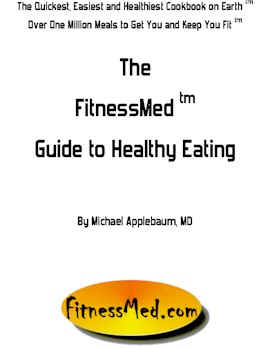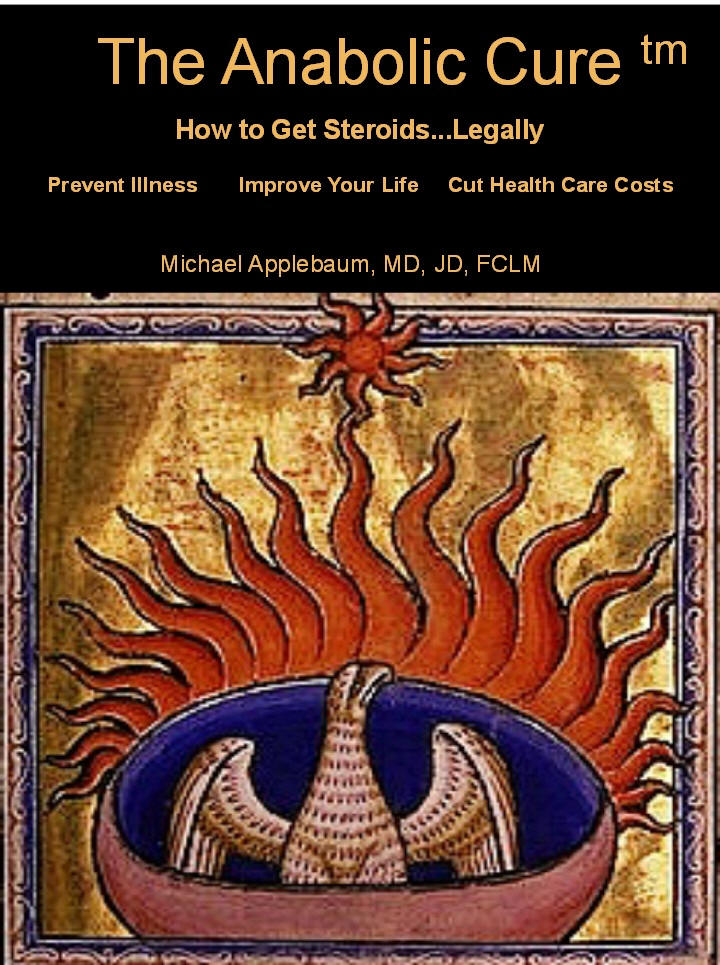"An unhealthy lifestyle, unreasonable working conditions, and then the stress of having to deliver 152 million Christmas gifts in 24 hours. The extreme accomplishments of Santa Claus are making researchers at the University of Gothenburg, Sweden doubt his very existence.Grinches and idiots.
Santa's quite obvious abdominal obesity and deep red facial complexion are convincing indicators that the man is at risk for both heart attack and stroke. "I'm confident that he would benefit from treatment of both diabetes and high blood pressure. And cholesterol-lowering drugs would probably not hurt either. As if that wasn't enough, new research shows that his abdominal obesity is a risk factor for dementia," says Annika Rosengren, professor at the Department of Emergency and Cardiovascular Medicine.
Too much sugar and fat
Since Santa lives in Lapland (Henrik Aronsson, reader at the Department of Plant and Environmental Sciences, claims that the North Pole is out of the question due to its apparent lack of reindeer pasture), there is fortunately a potential for healthy cooking using clear spring water, reindeer meat and salmon. Yet, Christmas means bad sleep and lots of stress to the point it may affect him well into the spring. In addition, the holiday rush may make it difficult for Santa to plan his meals.
"Mr. Claus eats too much sugar and saturated fat. The foods that people give him are very energy dense. I'm thinking of candy, rice pudding and high-fat cuts of meat. People generally gain about half a kilo over Christmas," says Mette Axelsen, senior lecturer at the Department of Clinical Nutrition. Now add the tradition of treating Santa to a shot of something strong, and you have some ill effects on his cardiac rhythm as well.
152 million home visits
There are about 2 billion children in the world, but since Santa Claus does not visit Muslims, Hindus, Jews and Buddhists, he has to attend to 'only' about 380 million of them. Assuming that an average family has 2.5 children, we estimate that Santa has to make about 152 million home visits on Christmas Eve. "That equals 900 visits per second, if we suppose that Santa plans his route strategically and travels westbound in order to extend the 24-hour period, so to speak," says Stefan Lemurell, senior lecturer at the Department of Mathematical Sciences.
If we assume that the houses are 100 metres apart on average and that Santa needs time to park his sleigh properly, climb down the chimney, distribute Christmas gifts via stockings or Christmas trees or from his bag, shove the rice pudding and schnapps (or equivalent) down his throat and then leave the building, his sleigh must cruise at a speed of nearly 90 kilometres per second, or roughly 265 times the speed of sound. "The acceleration needed to accomplish this implies a g-force of 14 million times Earth's gravity. Fighter pilots become unconscious at 7g. As a physicist, it would be interesting to learn how Santa manages this feat, since it could lead to significant breakthroughs in the area of space travel," says Maria Sundin, senior lecturer at the Department of Physics.
1.9 million airborne reindeer
If we hypothesise that each child receives a Christmas gift that weighs 1 kilo, the entire heap of gifts must weigh 380 000 tonnes. Add to this that Santa himself is not a small guy. "A reindeer can pull up to 200 kilos, which means that Santa needs 1.9 million airborne reindeer to pull his sleigh, plus some extra for take-off and landing," says Professor Stefan Nilsson at the Department of Zoology.
And this brings us to the number one health risk. If the average gift measures 10x20x20 centimetres, then the volume of all gifts equals 2.5 times the Stockholm Globe Arena, which means that Santa and his reindeer must generate an immense amount of energy as they travel through space. "The estimated speed of Santa's travel would make both him and his reindeer explode and burn up within milliseconds of take-off," Maria Sundin adds.
The conclusion is that Santa's very strenuous living conditions give us reason to question his very existence. But then again, that depends on what you believe in: science or Santa Claus?"
It's a two-fer.








No comments:
Post a Comment